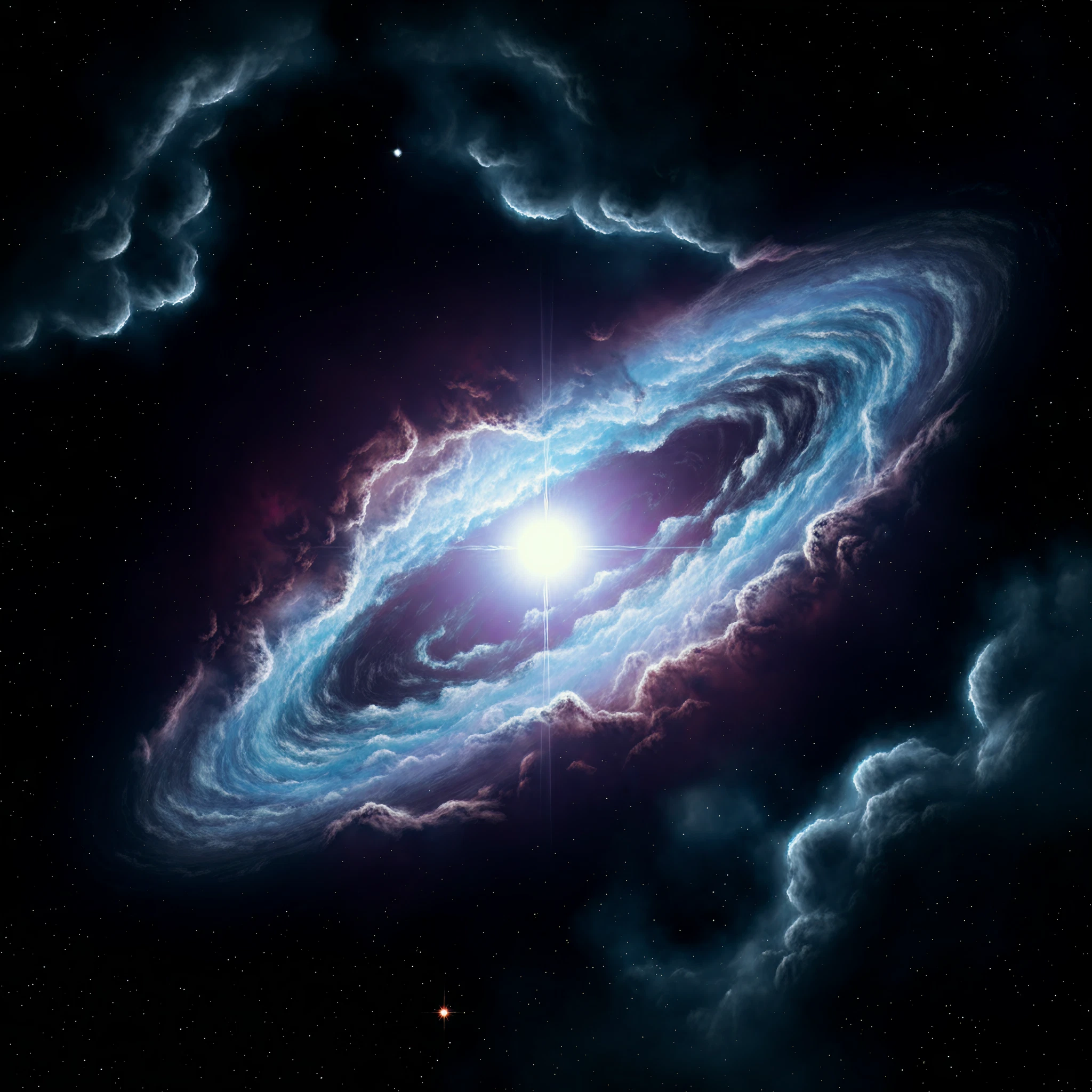An artist’s rendition of a glowing protoplanetary disk surrounding a young star
Our universe is teeming with worlds beyond our solar system. These distant planets, called exoplanets, have fascinated astronomers for decades. While over 5,000 exoplanets have been discovered so far, one of the greatest questions remains unanswered—how do they form? Scientists have developed intriguing theories and made groundbreaking observations, but recent discoveries continue to challenge everything we thought we knew about planet formation.
Understanding Exoplanet Formation Theories
Exoplanets are thought to form from protoplanetary disks, swirling masses of gas and dust that encircle young stars. Though incredible progress has been made in understanding these processes, two main theories dominate the field:
Core Accretion
Core accretion is the leading theory for planet formation. According to this model:
- Small particles within the disk collide and stick together, forming larger “planetesimals.”
- Over millions of years, these planetesimals merge to form a solid core.
- If the core reaches a certain mass, it attracts surrounding gas, forming a gas giant.
While core accretion works well to explain the formation of planets like Jupiter, it struggles to account for gas giants formed around low-mass stars or in regions of the disk where material is sparse.
Disk Instability
On the other hand, the disk instability model suggests that planets can form much more rapidly. Here’s how it works:
- Gravitational instabilities within the protoplanetary disk cause it to fragment.
- These fragments collapse under their own gravity, forming planets almost instantaneously.
Disk instability explains the creation of massive planets on short timescales, but it’s a rare process. Currently, scientists believe it only happens in specific conditions.
Exoplanets Challenging Existing Models
A rogue exoplanet the size of Jupiter discovered orbiting a small red dwarf star
Recent discoveries have revealed exoplanets that defy these traditional theories. For example, researchers found a giant exoplanet orbiting a tiny red dwarf star that theoretically shouldn’t have been able to form there (source [space.com article from additional-context]). This raises questions about gaps in our understanding. Other peculiar cases include exoplanets with:
- Extremely elliptical orbits far from their host stars.
- Unexpected compositions, hinting at unusual formation environments.
- Dense, rocky worlds in regions where gas giants were expected.
These enigmatic discoveries suggest that planet formation may involve additional processes yet to be fully understood.
The Role of Protoplanetary Disks
Whether through core accretion, disk instability, or entirely unknown mechanisms, protoplanetary disks remain key to solving the mystery of exoplanet formation. Scientists study protoplanetary disks to uncover clues about:
- Dust and Gas Composition: The elements within the disk determine the types of planets that form.
- Disk Lifetime: The length of time a disk remains intact influences whether planets grow into rocky worlds or gas giants.
- Star Age and Mass: Younger, massive stars produce uniquely dense disks compared to low-mass stars.
Challenges in Observing Exoplanet Formation
!Advanced Telescope Observations
A state-of-the-art telescope capturing light from a young star and its planets
Studying exoplanet formation is no easy feat. Most exoplanets lie light-years away from Earth, making direct observation nearly impossible. However, recent advancements in technology are changing the game:
- Powerful Telescopes like the James Webb Space Telescope allow researchers to observe protoplanetary disks in unprecedented detail.
- Spectroscopy techniques help analyze the chemical composition of distant disks and atmospheres.
- Long-term monitoring identifies changes in disk structure over time, hinting at planet formation activity.
Despite these breakthroughs, many mysteries remain. How exactly do giant planets form so quickly? What happens in the outer regions of disks too faint for current tools to observe?
The Road Ahead for Exoplanet Research
Exoplanet formation continues to intrigue and challenge the scientific community. Every new discovery pushes the boundaries of what we know about these distant worlds. To better understand them, researchers aim to:
- Develop even more advanced telescopic technologies.
- Conduct closer studies of nearby protoplanetary systems.
- Expand theoretical frameworks to include unconventional planet formation methods.
The future of this field is as vast and unexplored as the cosmos itself. As we piece together this celestial puzzle, we inch closer to comprehending how our own Earth might have formed billions of years ago.
[Insert Call-to-Action for Further Engagement]: Explore interactive visualizations of exoplanets and learn more about the latest discoveries on our official research platform.
End of Document








